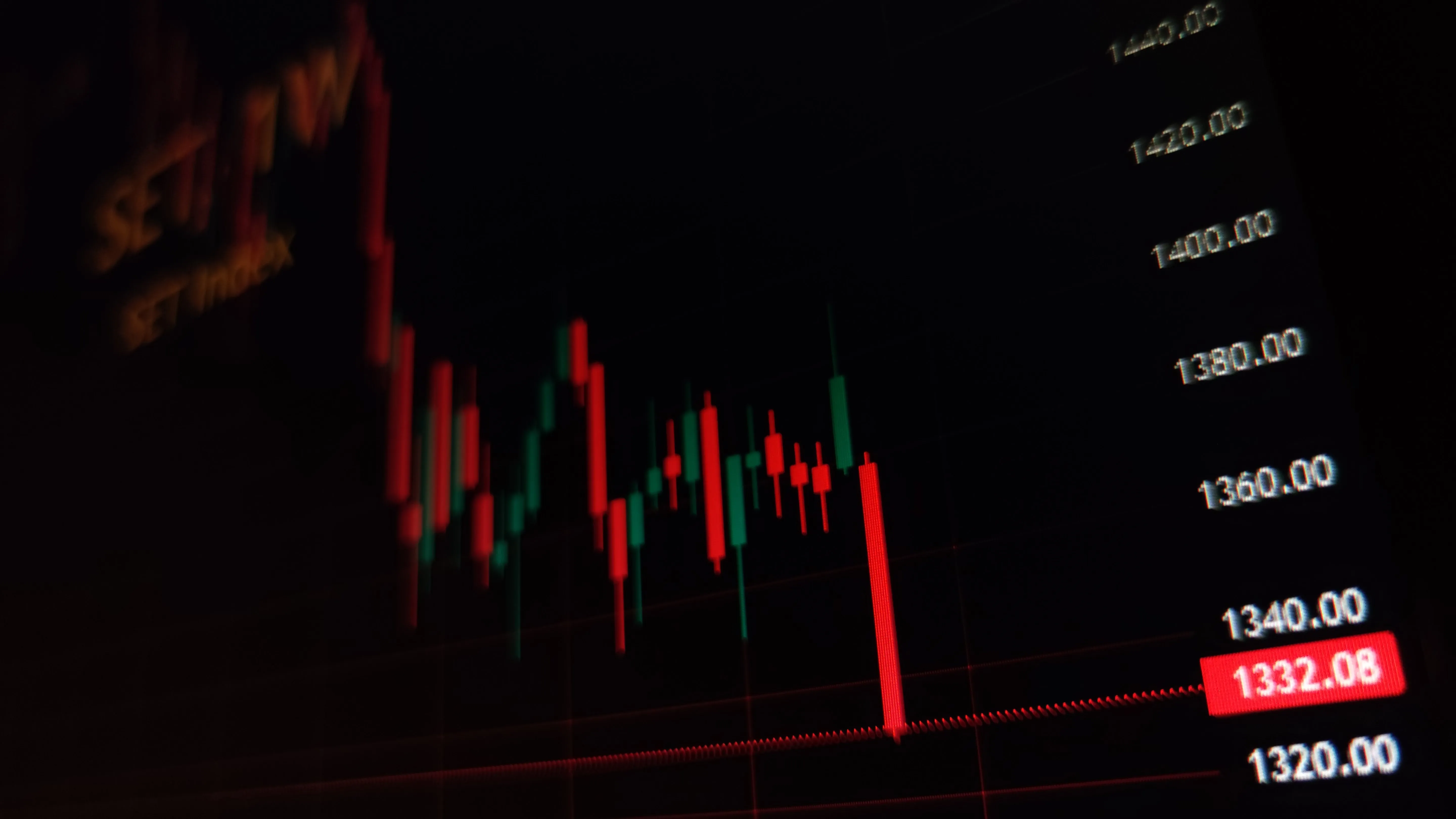 |
|
The Indian stock market has experienced a significant downturn, with the SENSEX and NIFTY50 indices falling by 12% from their record highs. This sharp decline reflects a broader trend of global market instability, driven by a confluence of interconnected factors. Understanding the causes behind this free fall is crucial for investors and policymakers alike. One primary contributor is the ongoing global inflation crisis. Persistent high inflation rates in major economies have prompted central banks, including the US Federal Reserve, to implement aggressive interest rate hikes. These rate hikes aim to curb inflation by cooling down economic activity. However, this strategy carries the risk of triggering a recession, as increased borrowing costs make it more expensive for businesses and consumers to invest and spend. This ripple effect impacts global markets, as investors become more risk-averse and seek safer investment options. Consequently, capital flows out of emerging markets, such as India, leading to a depreciation of the rupee and further downward pressure on stock prices.
Another significant factor is the ongoing geopolitical uncertainty. The Russia-Ukraine war continues to disrupt global supply chains and energy markets, contributing to inflationary pressures. The war's impact extends beyond energy prices, affecting the availability of essential goods and creating uncertainty about future economic prospects. This instability makes investors hesitant to commit to long-term investments, further fueling the market decline. Furthermore, rising crude oil prices exacerbate the problem. Higher oil prices increase production costs for businesses across various sectors, impacting profitability and consumer spending. This can lead to reduced corporate earnings, which in turn negatively affects stock valuations. The interwoven nature of these challenges makes it difficult to isolate the single most important cause of the market decline; rather, it's the cumulative effect of these interacting forces.
The Indian market's reaction reflects a global trend, but specific domestic factors also play a significant role. Increased borrowing costs in India, following the Reserve Bank of India's own interest rate hikes, are impacting investor sentiment. Additionally, concerns about the Indian economy's resilience in the face of global headwinds contribute to the bearish market outlook. Investors are also scrutinizing corporate earnings reports, looking for signs of weakening profitability. The market's reaction is a clear indication of investors' apprehension regarding the future economic trajectory. As the situation unfolds, careful analysis of macroeconomic indicators, geopolitical events, and corporate performance will be crucial for navigating this period of market volatility. This situation underscores the inherent risks associated with stock market investments and highlights the importance of diversification and risk management strategies. It serves as a reminder that market fluctuations are inevitable and that a long-term perspective, informed by careful analysis, is vital for successful investment.
Looking ahead, the trajectory of the Indian stock market will depend on several factors, including the evolution of global inflation, the outcome of the Russia-Ukraine conflict, and the effectiveness of monetary policy measures. The performance of Indian companies, their ability to adapt to changing economic conditions, and investor sentiment will also play a crucial role. The government's policies and measures to support the economy will also impact market performance. Careful monitoring of these factors will be crucial in anticipating future market movements. The situation highlights the importance of a well-informed investment strategy that considers both global and domestic economic factors. While the current market downturn presents challenges, it also presents opportunities for those who can accurately assess risk and identify undervalued assets. The market's volatility underscores the need for investors to adopt a long-term perspective and make investment decisions based on a thorough understanding of the economic landscape.
